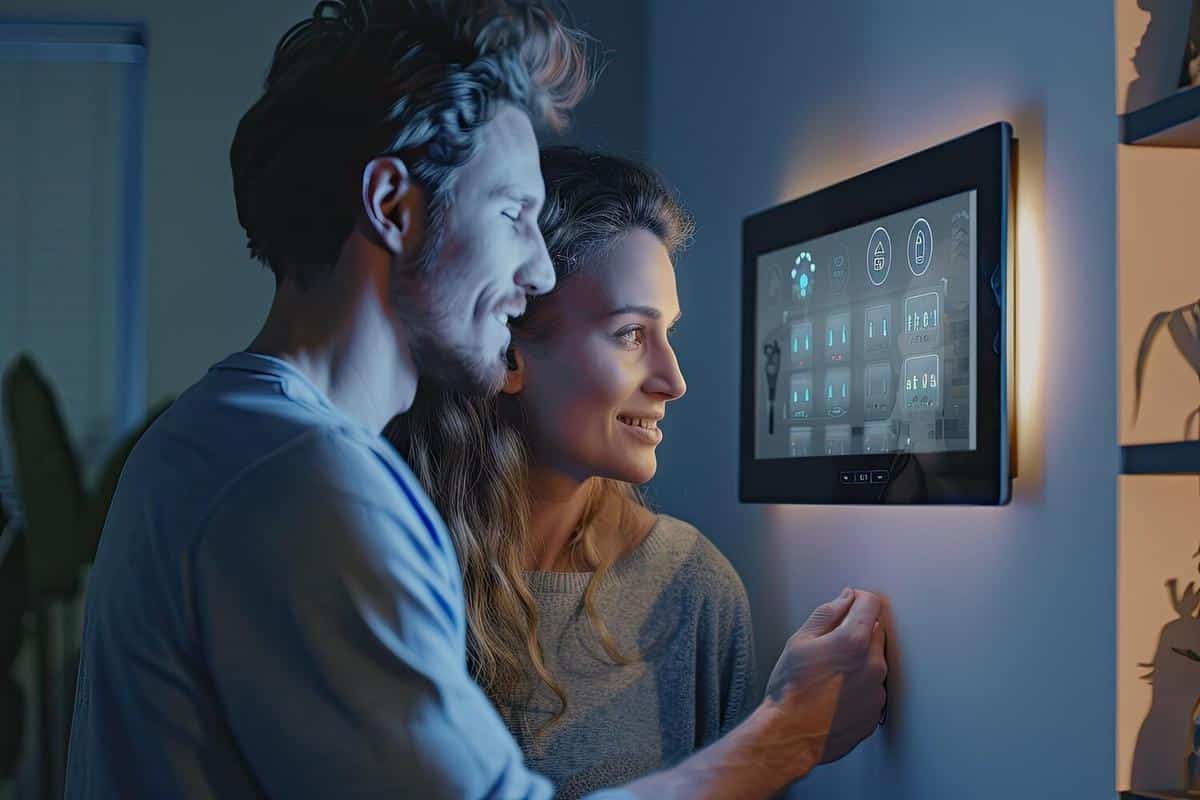
Emerging Trends in Smart Home Security
As technology continues to evolve, the realm of smart home security is experiencing a significant transformation. With interconnected devices and advanced systems, homeowners are now equipped with innovative tools to safeguard their properties like never before.
Smart home security is no longer a futuristic concept; it is a present-day reality that’s rapidly gaining traction. According to a recent report by MarketsandMarkets, the global smart home market is projected to reach $135.3 billion by 2025, with security systems being a major contributor to this growth. This surge is driven by a blend of technological advancements and consumer demand for enhanced safety features.
Key Trends in Smart Home Security
Artificial Intelligence and Machine Learning
Artificial Intelligence (AI) and Machine Learning (ML) are reshaping the landscape of smart home security. These technologies enable security systems to learn from patterns and evolve over time, improving their ability to detect unusual activities. For instance, AI-powered cameras can differentiate between a family member and an intruder, reducing false alarms.
Integration of IoT Devices
The Internet of Things (IoT) is pivotal in the integration of various smart devices, allowing seamless connectivity and control. An expert from the Consumer Technology Association noted that IoT-enabled devices are creating a comprehensive security ecosystem, where users can monitor their homes remotely via smartphones or tablets.
Biometric Security Features
Biometric technologies, such as fingerprint and facial recognition, are becoming popular in smart home security systems. These features offer a high level of security by ensuring that only authorized individuals can access the premises.
Practical Tips for Enhancing Home Security
- Regularly update the firmware of your smart devices to protect against vulnerabilities.
- Use strong, unique passwords for each device and change them periodically.
- Consider investing in a system with end-to-end encryption to safeguard your data.
Enroll in a self-defense class to complement your security system. Being prepared physically can add an extra layer of security to your peace of mind.
Comparison of Popular Smart Security Features
| Feature | Functionality | Benefits |
|---|---|---|
| Smart Cameras | Real-time video monitoring | 24/7 surveillance, remote access |
| Smart Locks | Keyless entry | Convenience, enhanced security |
| Motion Sensors | Detects movement | Alert system, energy efficiency |
| Video Doorbells | Live video feeds | Package monitoring, visitor identification |
| Smart Alarms | Intrusion alerts | Immediate notification, deterrence |
| Glass Break Sensors | Detects glass shattering | Added security layer, quick response |
| Environmental Sensors | Monitors smoke and CO levels | Safety, health protection |
| Home Automation | Centralized control | Convenience, energy management |
Frequently Asked Questions
How do I ensure my smart home security system is secure?
Regular software updates, strong passwords, and encryption are key measures.
Can smart home devices be hacked?
While possible, using devices from reputable manufacturers and keeping them updated reduces risk.
In conclusion, the emerging trends in smart home security are paving the way for safer living environments. By leveraging technologies like AI, IoT, and biometrics, homeowners can create a robust security framework. As these innovations continue to evolve, staying informed and proactive is essential to maximizing the benefits of smart home security systems.


